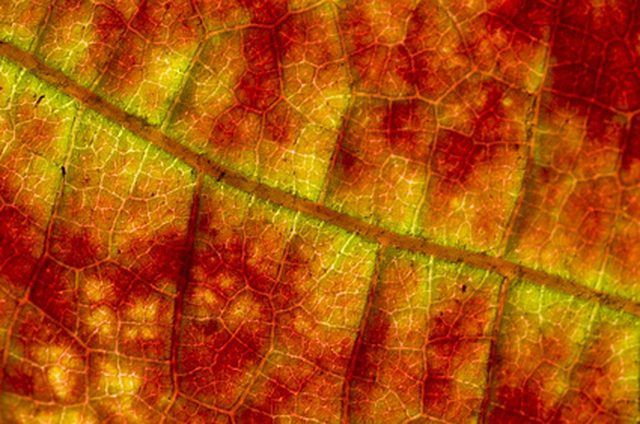Bulbs
Flower Basics
Flower Beds & Specialty Gardens
Flower Garden
Garden Furniture
Garden Gnomes
Garden Seeds
Garden Sheds
Garden Statues
Garden Tools & Supplies
Gardening Basics
Green & Organic
Groundcovers & Vines
Growing Annuals
Growing Basil
Growing Beans
Growing Berries
Growing Blueberries
Growing Cactus
Growing Corn
Growing Cotton
Growing Edibles
Growing Flowers
Growing Garlic
Growing Grapes
Growing Grass
Growing Herbs
Growing Jasmine
Growing Mint
Growing Mushrooms
Orchids
Growing Peanuts
Growing Perennials
Growing Plants
Growing Rosemary
Growing Roses
Growing Strawberries
Growing Sunflowers
Growing Thyme
Growing Tomatoes
Growing Tulips
Growing Vegetables
Herb Basics
Herb Garden
Indoor Growing
Landscaping Basics
Landscaping Patios
Landscaping Plants
Landscaping Shrubs
Landscaping Trees
Landscaping Walks & Pathways
Lawn Basics
Lawn Maintenance
Lawn Mowers
Lawn Ornaments
Lawn Planting
Lawn Tools
Outdoor Growing
Overall Landscape Planning
Pests, Weeds & Problems
Plant Basics
Rock Garden
Rose Garden
Shrubs
Soil
Specialty Gardens
Trees
Vegetable Garden
Yard Maintenance
Communication Between Two Plant Cells
Communication Between Two Plant Cells. Individual plant cells have developed a way to "talk" with other cells so the entire structure functions toward a common goal. Just as in animal cells, plant cells need to share information for the plant to grow and develop. Communications between two plant cells also provides for the common defense of the...

Individual plant cells have developed a way to "talk" with other cells so the entire structure functions toward a common goal. Just as in animal cells, plant cells need to share information for the plant to grow and develop. Communications between two plant cells also provides for the common defense of the plant against problems.
Facts
Scientists are continuing to study the process of communications between plant cells. While much is already known about the mechanics of communications, "not much is known about the signaling pathways," according to Joanne Chory, Ph.D., director of the Plant Biology Laboratory.
Plasmodesmata
A group of scientists led by Professor Andy Maule at the John Innes Centre discovered that plants create complex and highly regulated structures called plasmodesmata that act as tunnels from one plant cell to another. Plasmodesmata overcome a problem rigid-walled plant cells encounter that animal cells do not. Animal cells are able to pass information cell-to-cell though flexible openings in cell walls called gap junctions. Plasmodesmata enable information-encoded molecules to pass between cells.
Proteins
Proteins act as regulators to the flow of molecules between plant cells. More is being learned about the these proteins, which ones are available to the plant cell and exactly how they work to prohibit some molecules from passing through plasmodesmata while allowing access to others. According to Professor Maule, "We are sure that plasmodesmata will contain many important proteins but our identification of this new class already means that we know now how we might regulate molecular flow from cell to cell."
Chloroplasts and the Nucleus
Dr. Chory worked with a team of scientists that made strides toward discovering how chloroplasts, the plant cells responsible for photosynthesis, communicate with the plant structure in times of distress. They found that communications between cells converged into one pathway that led to a central "switch" of sorts that determined whether to shut down food production.
This plant cell communication discovery was important because it demonstrated how outlying cells (chloroplasts) fed information to a nucleus about stressful conditions and the nucleus communicated that a slowdown in activity was required.
Genes in Chloroplasts
Most cells keep the bulk of their genetic code inside the nucleus. However, Dr. Chory's team realized that some of this genetic material was also included in chloroplasts. Genes in the chloroplasts made it possible for these cells to decipher protein signals and know when to react to adverse conditions.